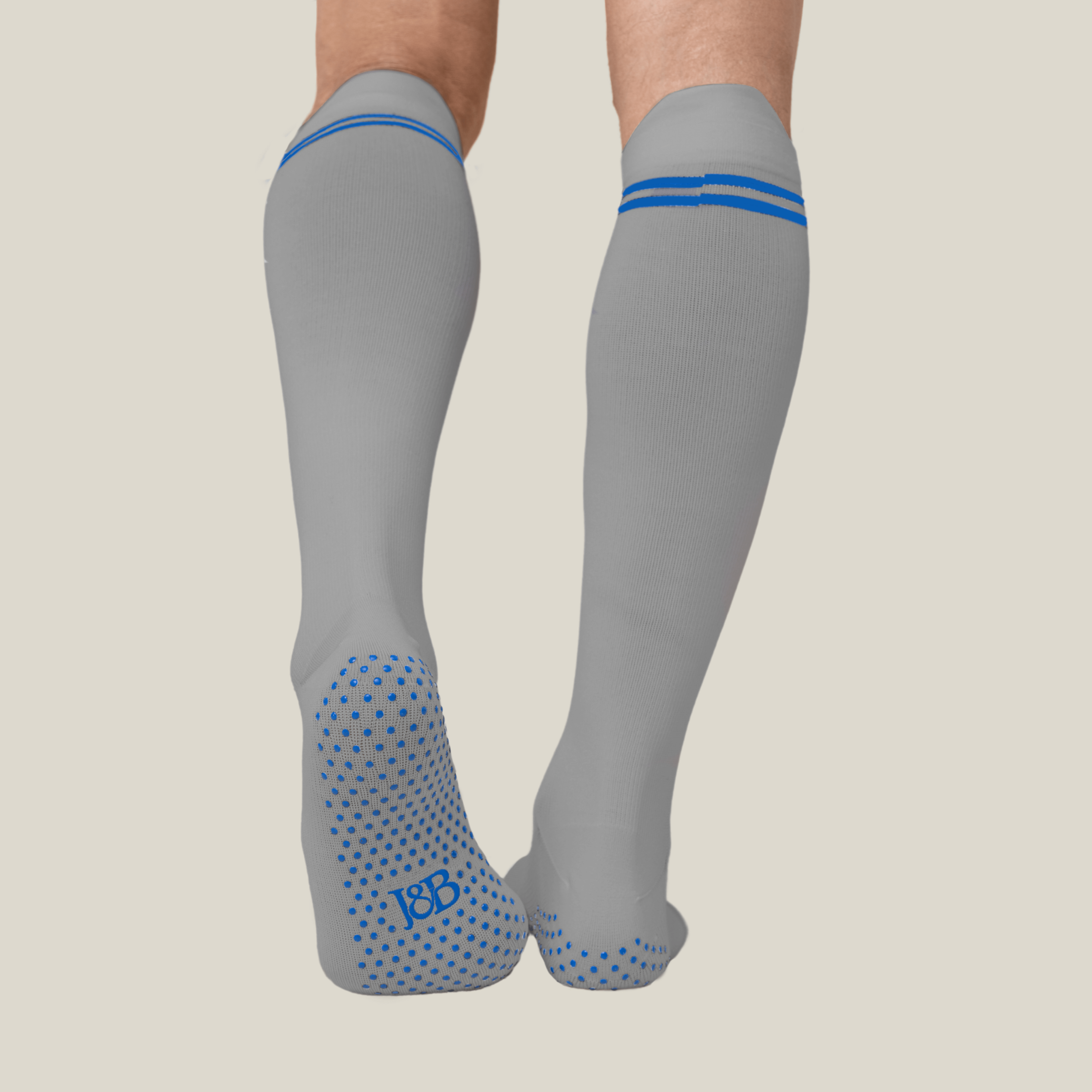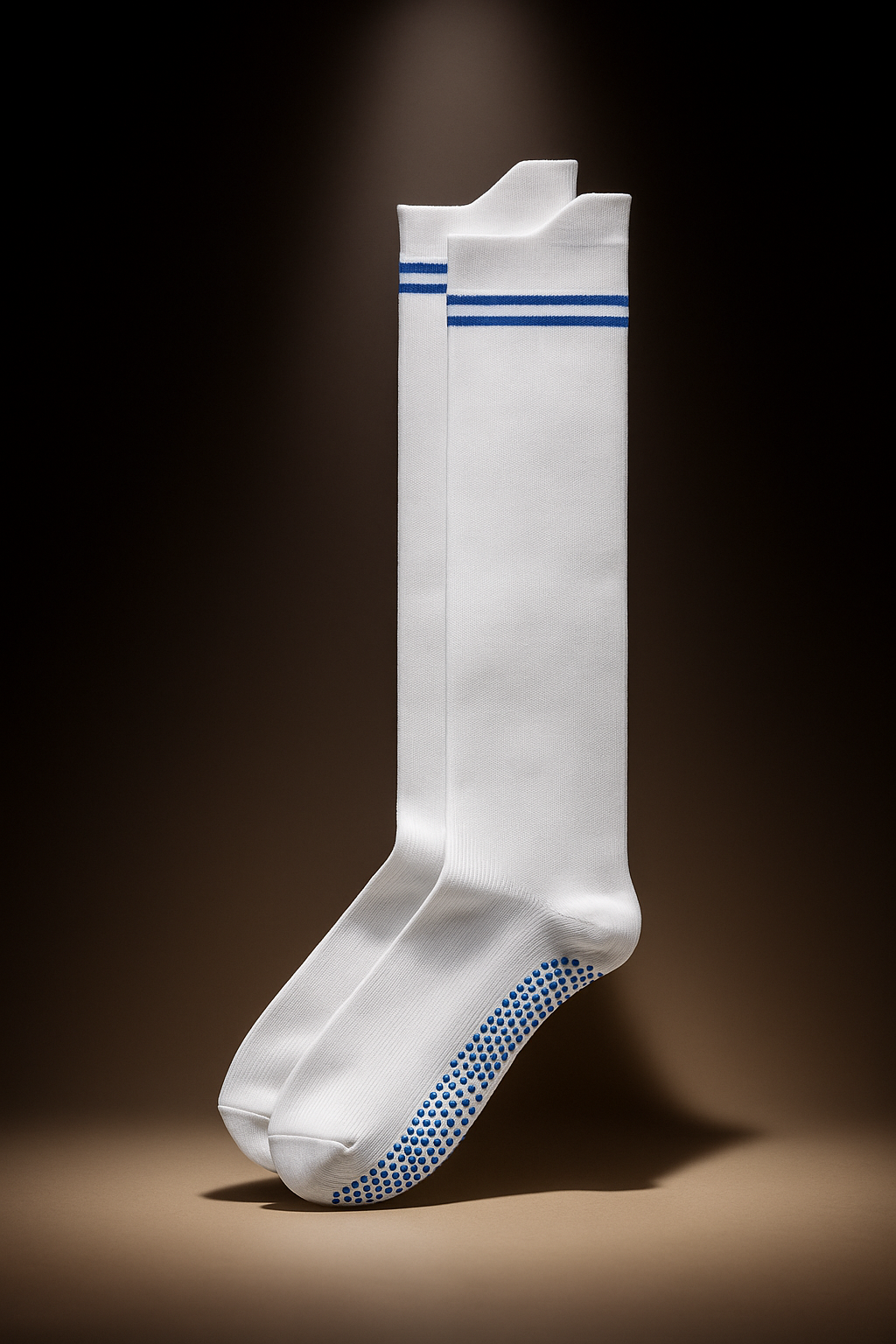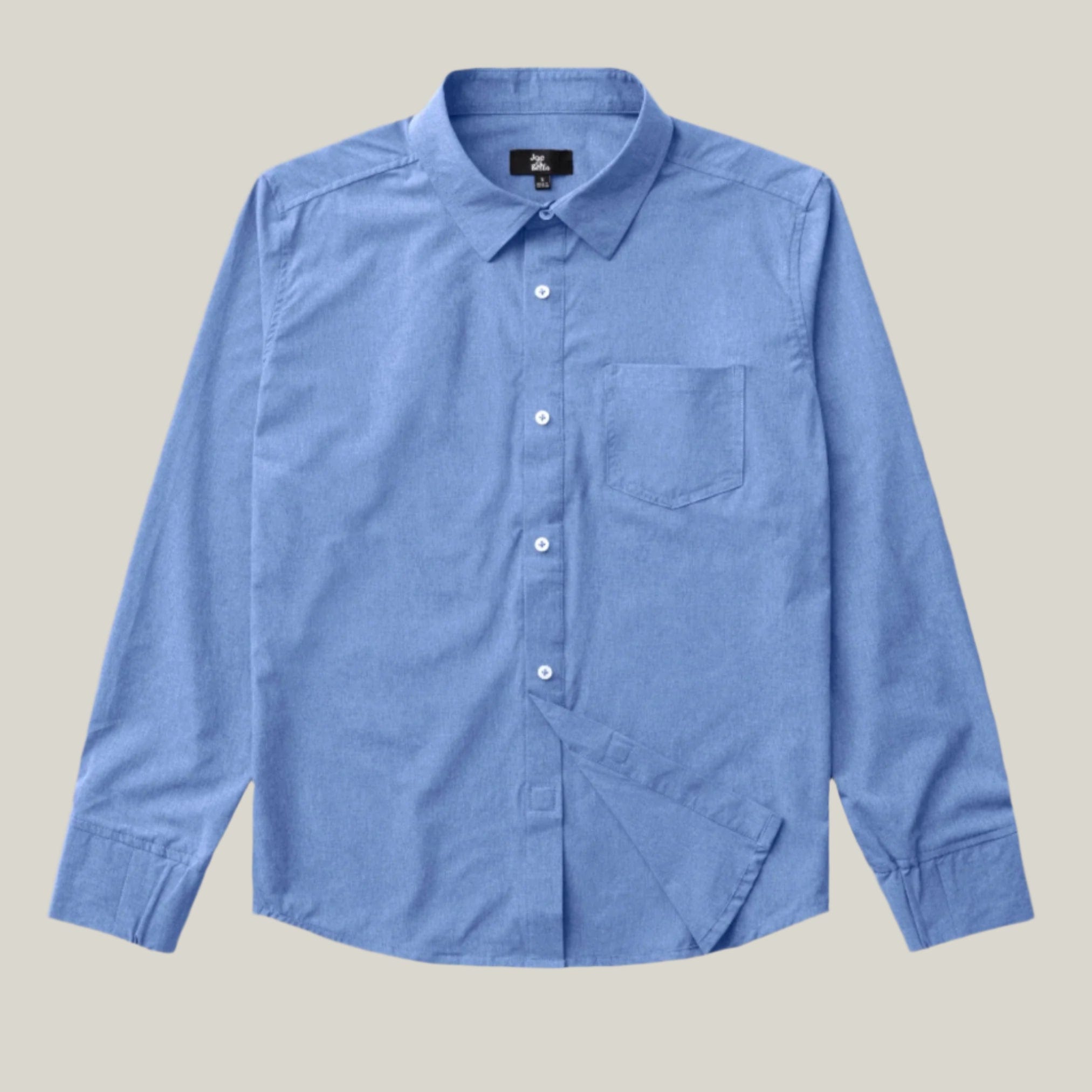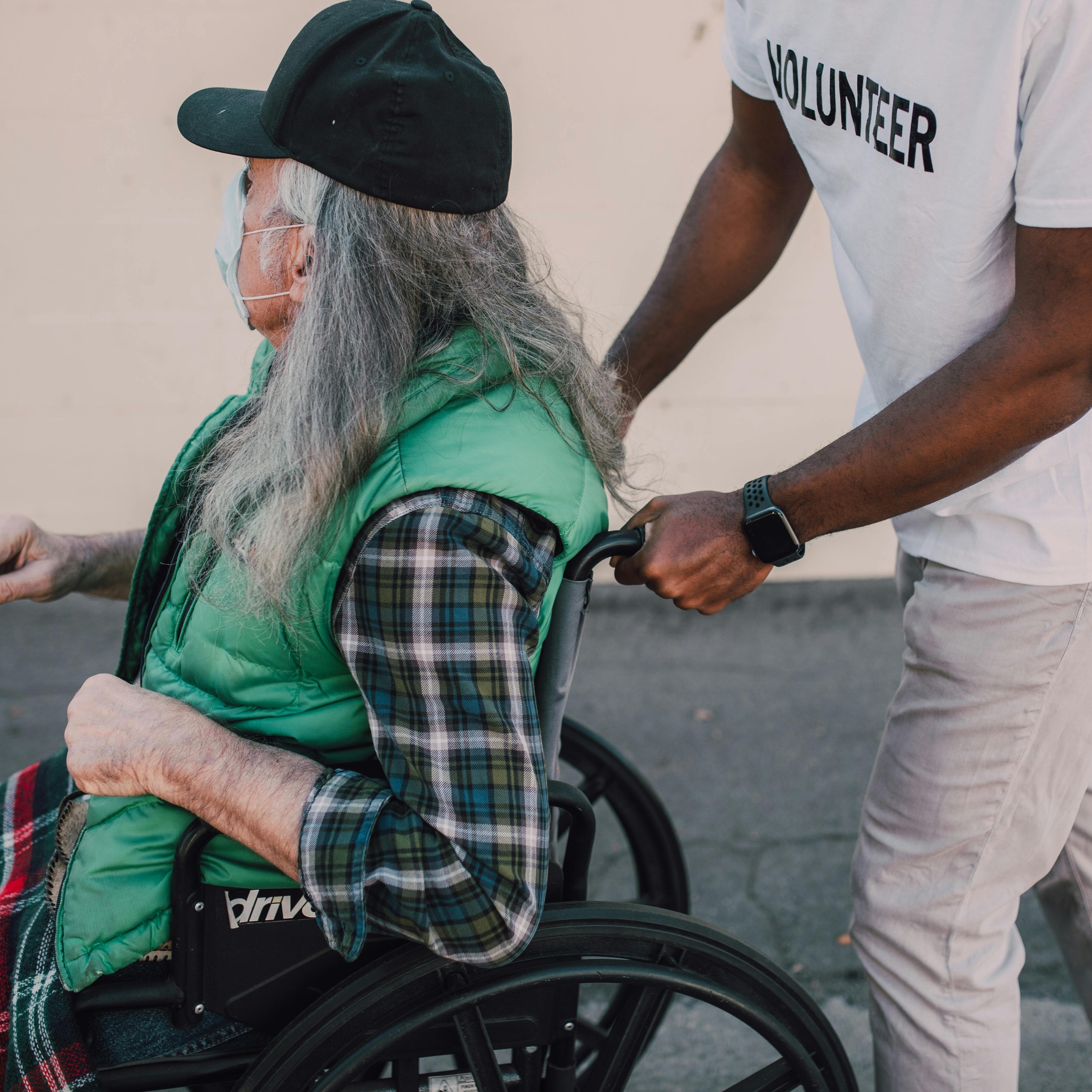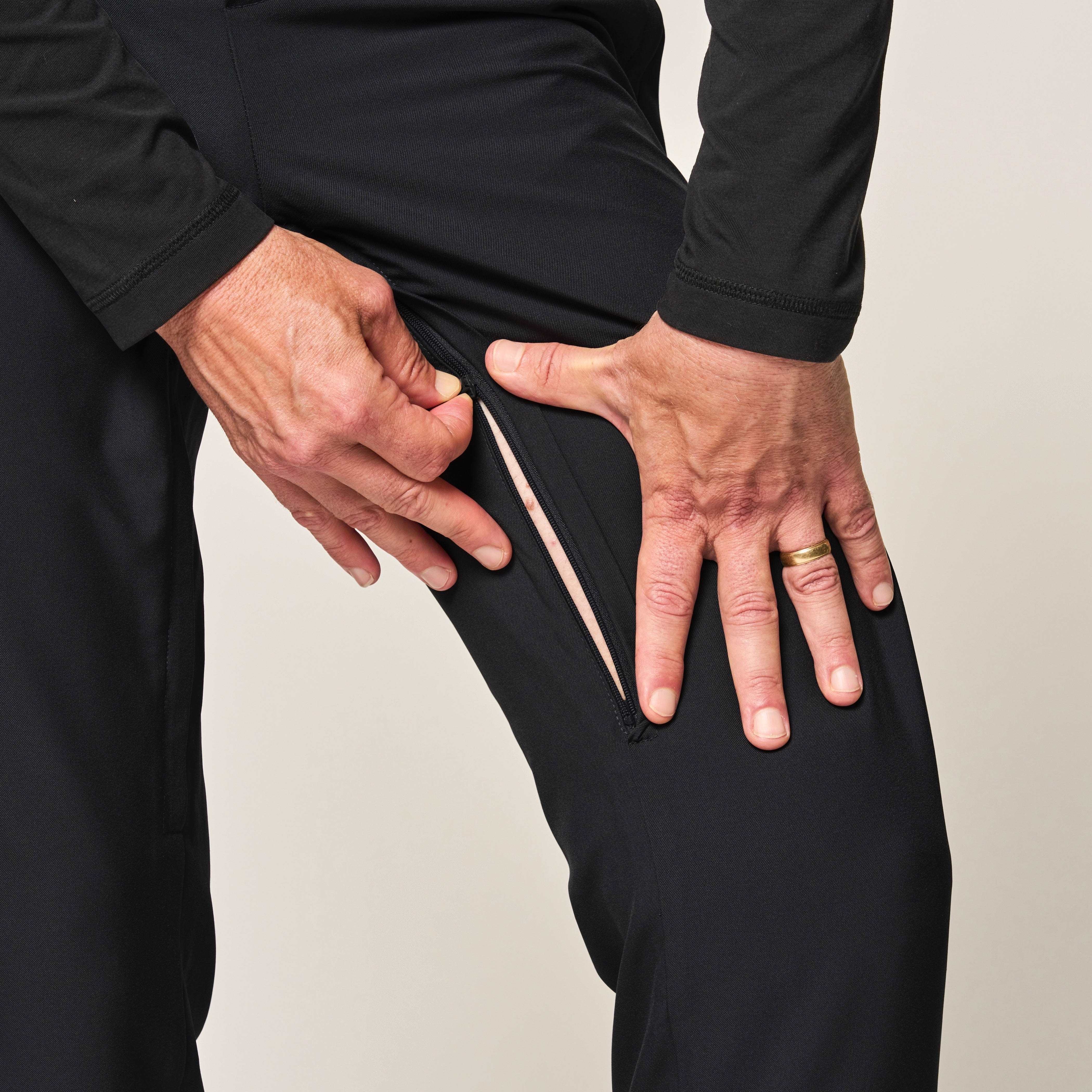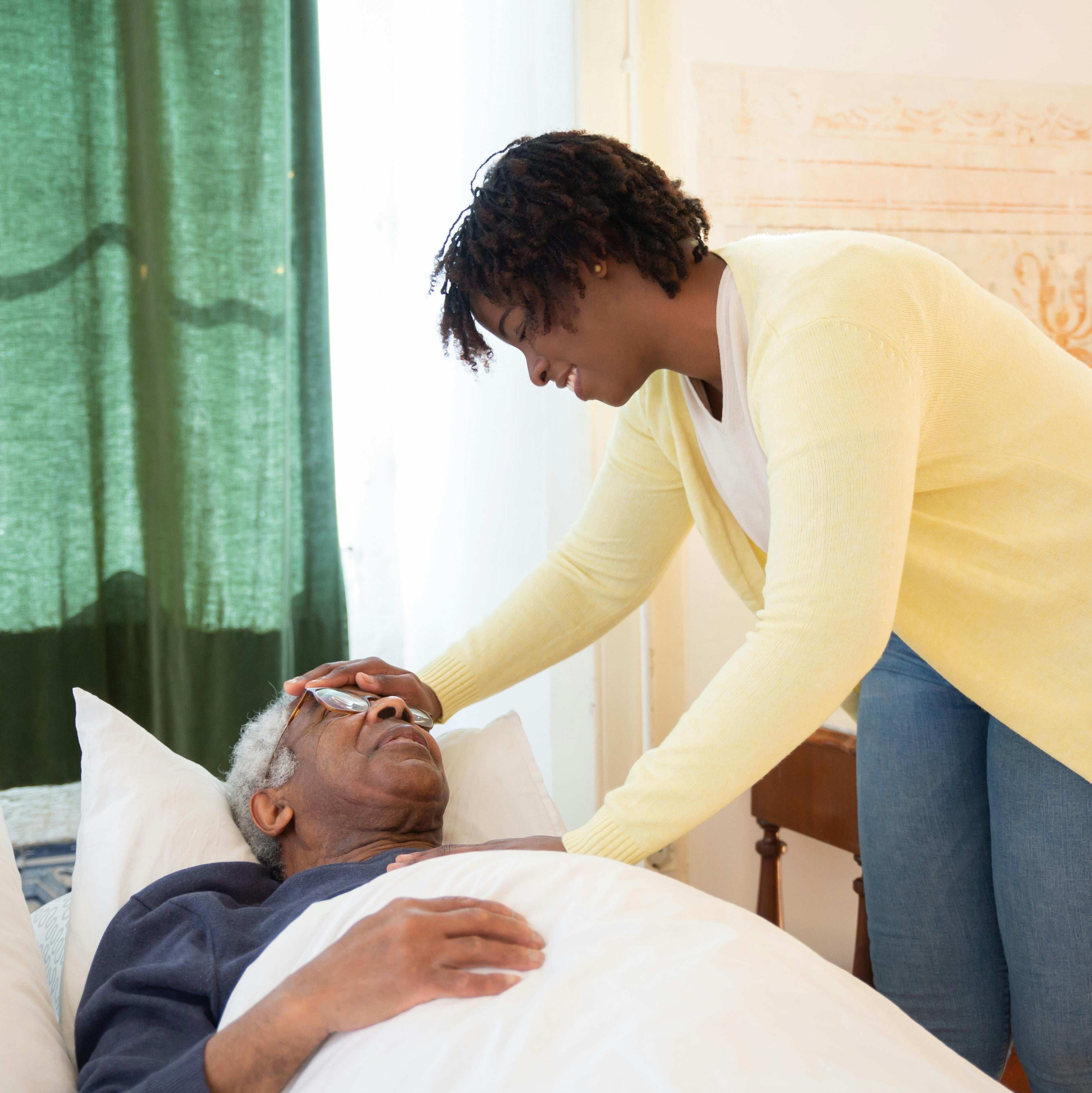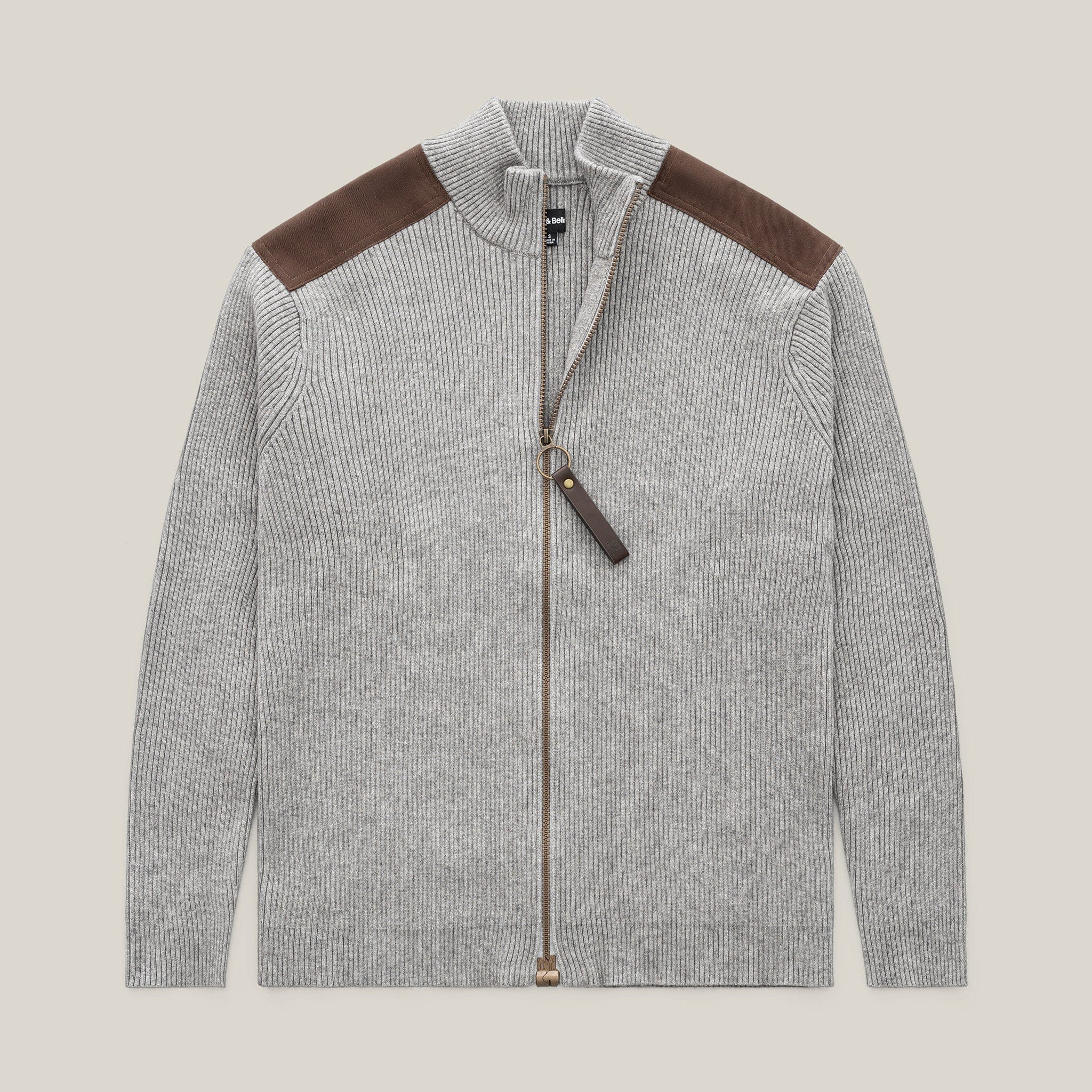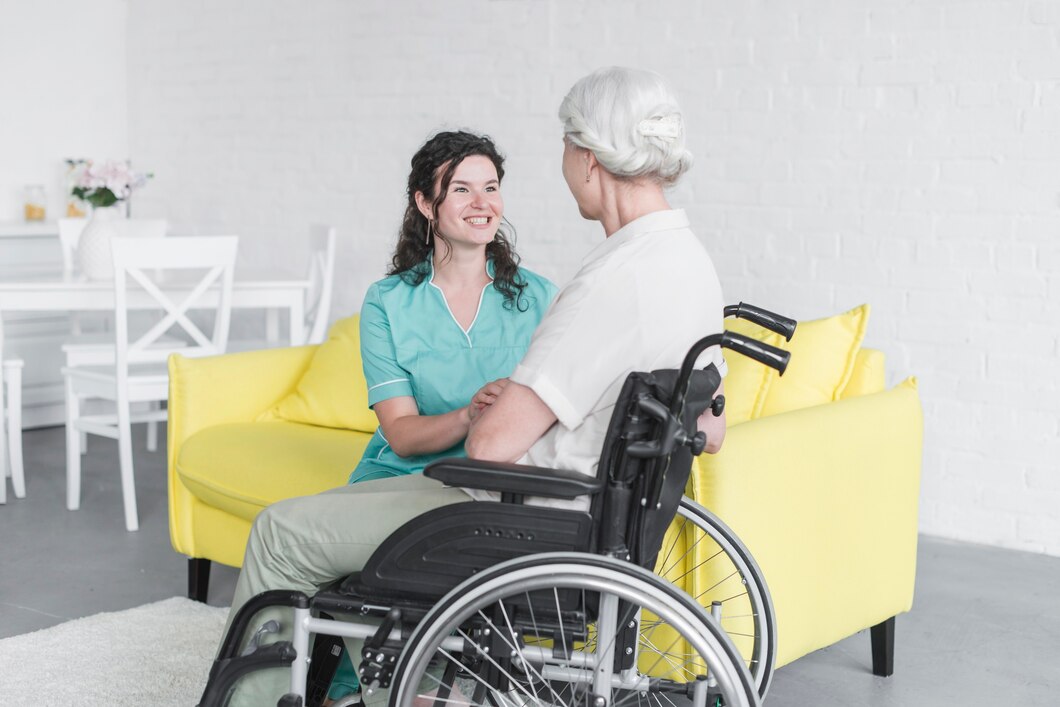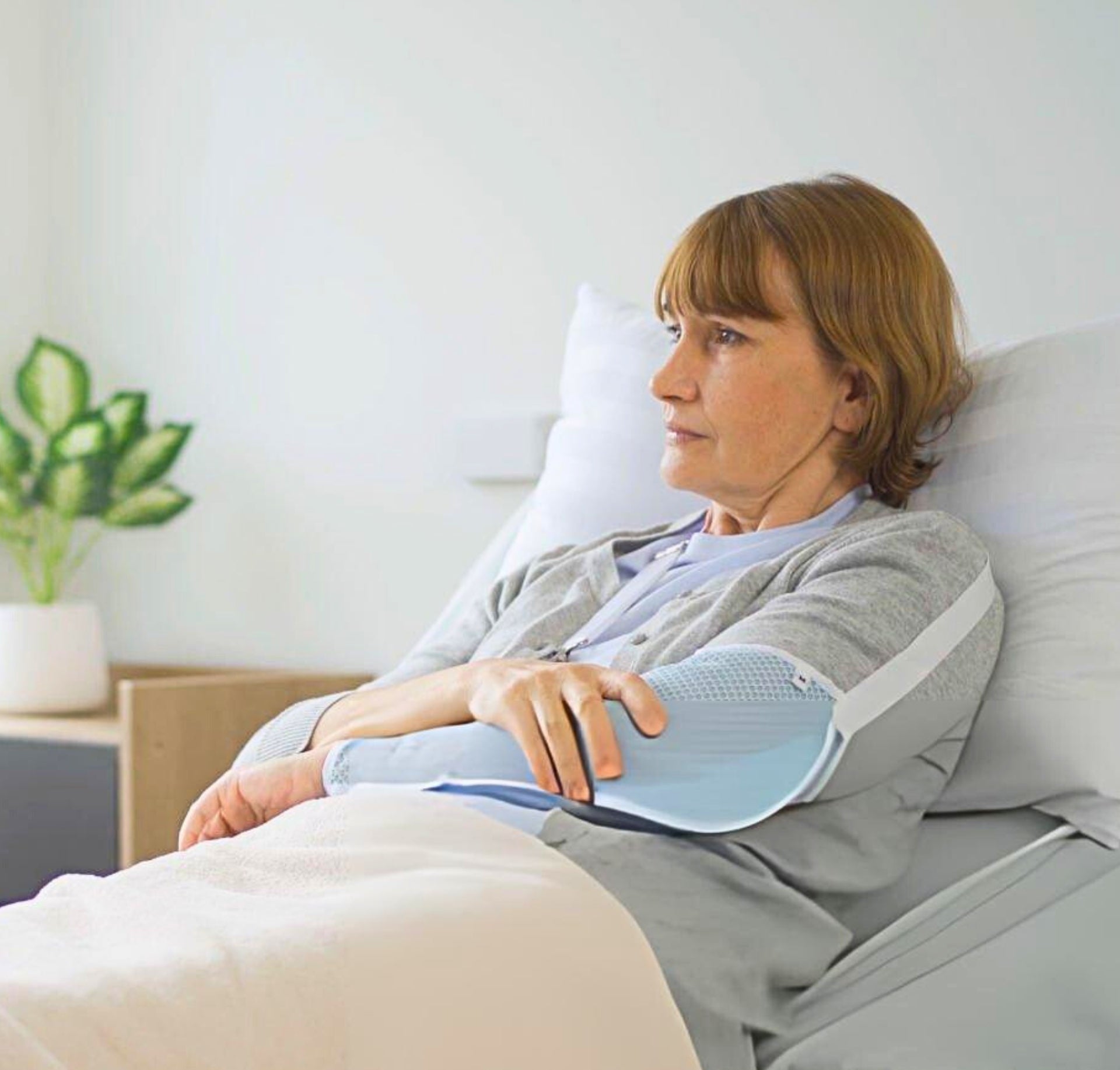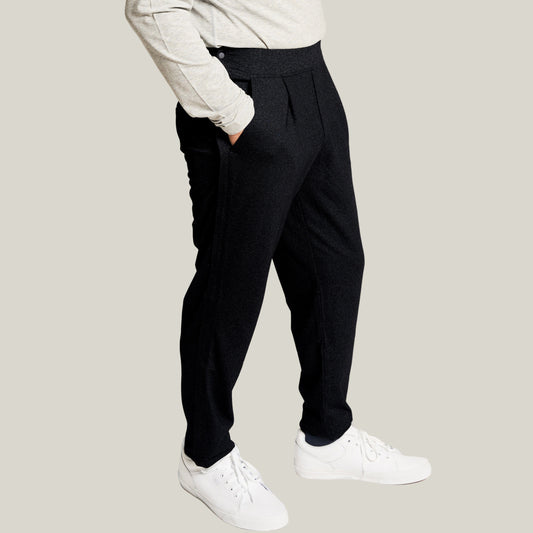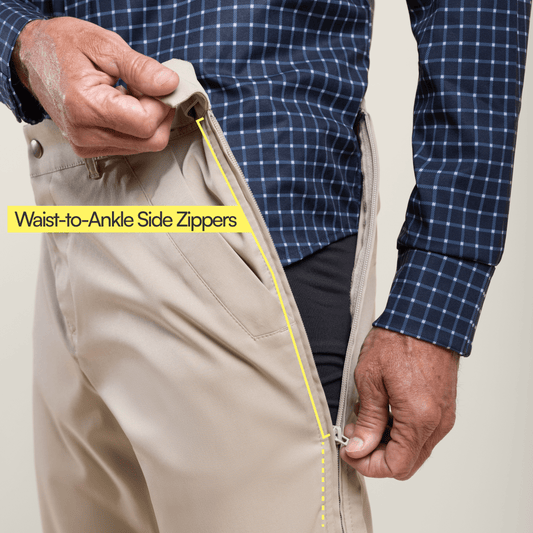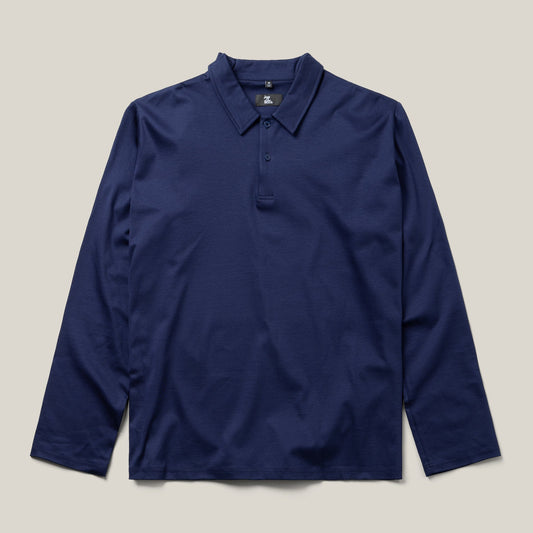As the temperatures drop and winter sets in, many individuals with arthritis find their symptoms intensifying. The combination of cold weather, reduced physical activity, and other seasonal factors can exacerbate joint pain and stiffness, making daily activities more challenging.
Understanding how to manage arthritis in the winter is crucial for maintaining quality of life during the colder months. This guide offers practical tips to help alleviate discomfort and navigate the unique challenges that winter brings for those living with arthritis. By implementing these strategies, patients can better cope with arthritis pain when cold and enjoy a more comfortable winter season.
Understanding the Impact of Cold Weather on Arthritis
Before exploring strategies for managing arthritis in the winter, it’s essential to understand how cold weather can affect arthritis symptoms. Many people wonder, "does cold weather affect arthritis?" The answer is yes. Cold weather can significantly impact arthritis in several ways:
- Increased Joint Stiffness: Cold temperatures can cause muscles, ligaments, and joints to stiffen, leading to increased discomfort and reduced mobility. This stiffness is often more pronounced in individuals with arthritis, making movement more painful and challenging.
- Changes in Barometric Pressure: Fluctuations in barometric pressure, which often accompany cold weather, can affect the pressure within joints. These changes can lead to an increase in arthritis pain, particularly in the joints that are already inflamed.
- Reduced Blood Flow: Cold temperatures can cause blood vessels to constrict, reducing blood flow to the extremities. This reduction in circulation can exacerbate arthritis symptoms, leading to increased pain and swelling.
- Decreased Activity Levels: Winter often brings a decrease in physical activity due to the cold and shorter daylight hours. Reduced movement can lead to joint stiffness and muscle weakness, further aggravating arthritis symptoms.
Understanding these factors highlights the importance of proactive arthritis in the winter management. By recognizing how cold weather affects arthritis, individuals can take steps to mitigate its impact and maintain their mobility and comfort during the colder months.
7 Tips for Dealing with Arthritis in Winter
Managing arthritis in the winter involves a combination of lifestyle adjustments, self-care practices, and sometimes medical interventions. Here are seven effective tips to help alleviate arthritis pain when cold and improve overall well-being during the winter season:
1. Maintain a Healthy Weight
Maintaining a healthy weight is crucial for managing arthritis, especially in the winter. Excess weight places additional stress on weight-bearing joints, such as the knees and hips, exacerbating pain and inflammation. Here’s how maintaining a healthy weight can help:
- Reduces Joint Stress: Shedding excess pounds decreases the load on joints, particularly those in the lower body, reducing pain and improving mobility.
- Alleviates Inflammation: Weight loss can lower inflammation levels in the body, which is beneficial for individuals with arthritis, as inflammation is a key contributor to joint pain.
- Enhances Overall Health: Maintaining a healthy weight contributes to overall health, reducing the risk of other conditions that can complicate arthritis management.
By focusing on a balanced diet and regular exercise, individuals can manage their weight effectively, providing significant relief from arthritis symptoms during the winter months. This approach is a fundamental aspect of arthritis in cold weather treatment, promoting long-term joint health and comfort.
2. Choose Adaptive Clothing
Selecting the right clothing is an important aspect of managing arthritis in the winter. Adaptive clothing designed to make dressing easier, more comfortable and less painful. Consider the following when choosing arthritis clothing:
- Layering: Layering allows individuals to adjust their clothing to maintain a comfortable body temperature. Thermal undergarments, sweaters, and jackets can be added or removed as needed.
- Elastic and Stretch Fabrics: Clothing made from elastic or stretch materials can accommodate joint swelling and reduce the need for tight fastenings, which can be painful for arthritic joints.
- Adaptive Features: Look for clothing with adaptive features such as Velcro closures, magnetic buttons, or side zippers. These features make dressing easier, especially for individuals with limited hand dexterity or joint pain.
Choosing adaptive clothing helps manage arthritis pain when cold by ensuring warmth, comfort, and ease of movement. Comfortable clothing that accommodates joint swelling and reduces dressing difficulties can significantly enhance the winter experience for those with arthritis.
3. Protect Your Joints
Protecting joints from the cold and environmental factors is essential for managing arthritis in the winter. Here are some strategies to protect your joints effectively:
- Wear Warm Clothing: Dressing in layers and covering exposed joints with scarves, gloves, and hats helps retain body heat and protect against the cold.
- Use Joint Supports: Braces or supports can provide additional stability and warmth to affected joints, reducing pain and preventing further injury.
- Avoid Extreme Cold: Limit exposure to extreme cold temperatures when possible. When venturing outside, ensure proper insulation and take breaks to warm up indoors.
- Stay Dry: Moisture from rain or snow can lead to chills and increased joint stiffness. Wearing waterproof clothing and footwear helps keep joints dry and warm.
Protecting your joints from cold weather and environmental factors can significantly reduce arthritis pain when cold. These protective measures help maintain joint flexibility and comfort, allowing for better mobility and reduced discomfort during winter.
4. Stay Warm
Staying warm is a key factor in managing arthritis in the winter. Cold temperatures can exacerbate joint pain and stiffness, so it’s important to keep the body and joints warm. Here are some ways to stay warm effectively:
- Use Heating Pads: Applying heating pads to affected joints can help increase blood flow, reduce stiffness, and alleviate pain.
- Take Warm Baths: Warm baths can relax muscles, reduce joint stiffness, and provide overall comfort. Adding Epsom salts can enhance the soothing effect.
- Dress in Layers: Wearing multiple layers of clothing helps trap body heat, keeping joints warm and reducing the likelihood of stiffness and pain.
- Stay Indoors During Extreme Cold: Limit outdoor activities during extreme cold spells to prevent exacerbation of arthritis symptoms.
Staying warm is a fundamental aspect of arthritis in cold weather treatment. By maintaining body warmth, individuals can minimize arthritis pain when cold and enhance their overall comfort and mobility during the winter months.
5. Get Enough Vitamin D
Vitamin D plays a crucial role in bone health and immune function, making it important for individuals with arthritis, especially during the winter months when sunlight exposure is limited. Here’s why getting enough vitamin D is beneficial:
- Supports Bone Health: Vitamin D helps the body absorb calcium, which is essential for maintaining strong bones and preventing osteoporosis—a condition that can complicate arthritis.
- Reduces Inflammation: Adequate vitamin D levels have been linked to reduced inflammation, which can help alleviate arthritis symptoms.
- Boosts Immune Function: Vitamin D supports the immune system, helping the body fend off infections and illnesses that can exacerbate arthritis symptoms.
During the winter, when sunlight exposure is reduced, individuals may need to increase their vitamin D intake through diet or supplements. Foods rich in vitamin D, such as fatty fish, fortified dairy products, and egg yolks, can help maintain adequate levels. Additionally, vitamin D supplements may be recommended by healthcare providers to ensure sufficient intake. Ensuring adequate vitamin D intake is an important aspect of arthritis in cold weather treatment, promoting bone health and reducing inflammation.
6. Use Heat Therapy
Heat therapy is an effective method for managing arthritis pain when cold. Applying heat to affected joints can provide several benefits:
- Relieves Pain: Heat therapy helps relax muscles and soothe aching joints, reducing pain and discomfort associated with arthritis.
- Improves Blood Circulation: Applying heat increases blood flow to the affected areas, promoting healing and reducing stiffness.
- Enhances Flexibility: Heat therapy can improve joint flexibility and range of motion, making it easier to perform daily activities.
There are various ways to incorporate heat therapy into arthritis in the winter treatment regimen:
- Warm Compresses: Applying warm compresses or heating pads to affected joints for 15-20 minutes can provide immediate relief.
- Warm Baths or Showers: Immersing in a warm bath or taking a warm shower can help relax muscles and reduce joint stiffness.
- Infrared Heating Pads: Infrared heating pads penetrate deeper into tissues, providing more effective pain relief and improved circulation.
Using heat therapy as part of arthritis in cold weather treatment can significantly alleviate arthritis pain when cold and enhance overall comfort during the winter months.
7. Stay Active and Exercise
Staying active and maintaining an exercise routine is crucial for managing arthritis in the winter. Regular physical activity offers numerous benefits for individuals with arthritis:
- Maintains Joint Function: Exercise helps maintain joint flexibility and function, reducing stiffness and improving mobility.
- Strengthens Muscles: Strengthening the muscles around affected joints provides better support, reducing pain and the risk of injury.
- Boosts Mood: Physical activity releases endorphins, which can improve mood and reduce feelings of depression and anxiety often associated with chronic pain conditions like arthritis.
- Enhances Overall Health: Regular exercise contributes to overall health, helping manage weight, improve cardiovascular health, and enhance overall well-being.
During the winter months, when outdoor activities may be limited, individuals can incorporate indoor exercises into their routine. Options include:
- Yoga or Pilates: These activities improve flexibility, strength, and balance, making them ideal for arthritis management.
- Swimming or Water Aerobics: Water-based exercises are gentle on the joints, providing resistance without causing additional stress.
- Strength Training: Using resistance bands or light weights can help build muscle strength around affected joints.
- Stretching Exercises: Regular stretching helps maintain joint flexibility and reduce stiffness.
Staying active and exercising regularly is a cornerstone of arthritis in cold weather treatment. By maintaining an exercise routine, individuals can manage arthritis pain when cold, enhance joint function, and improve their overall quality of life during the winter months.
Conclusion
Dealing with arthritis in the winter requires a proactive approach to manage symptoms and maintain comfort. Understanding how cold weather affects arthritis is the first step in effective management. By implementing the seven tips outlined—maintaining a healthy weight, choosing adaptive clothing, protecting joints, staying warm, getting enough vitamin D, using heat therapy, and staying active—individuals can significantly alleviate arthritis pain when cold and improve their overall well-being during the winter months.
Embracing these strategies as part of a comprehensive arthritis in cold weather treatment plan can enhance mobility, reduce discomfort, and enable a more enjoyable winter season. If you or a loved one are struggling with arthritis in the winter, consider incorporating these tips into your daily routine and consult with a healthcare professional for personalized advice and treatment options. You might also want to check out causes of arthritis flare-ups and gifts for people with arthritis.






